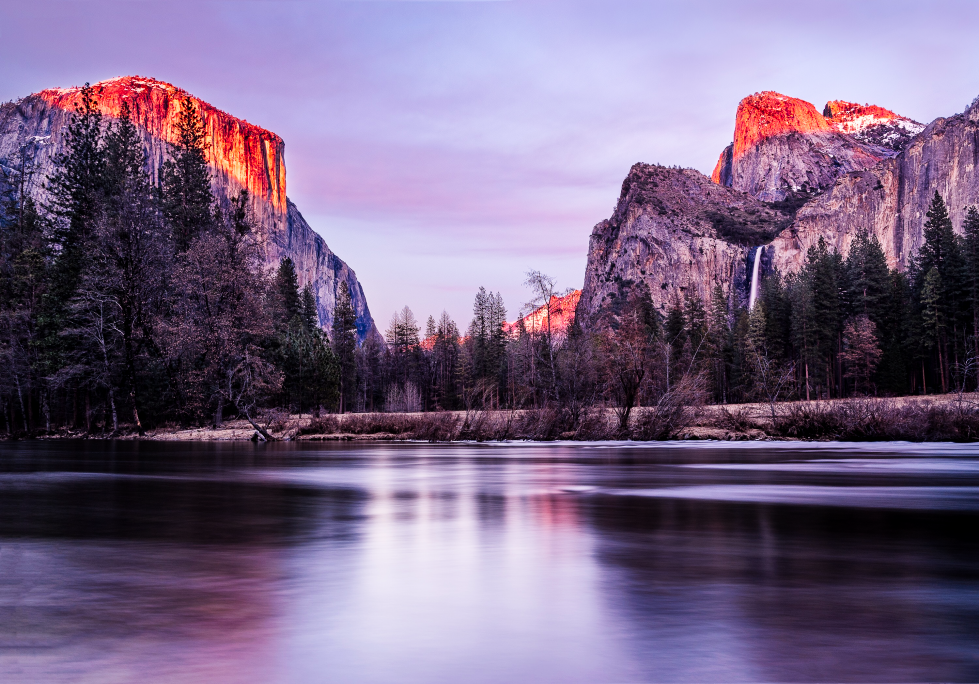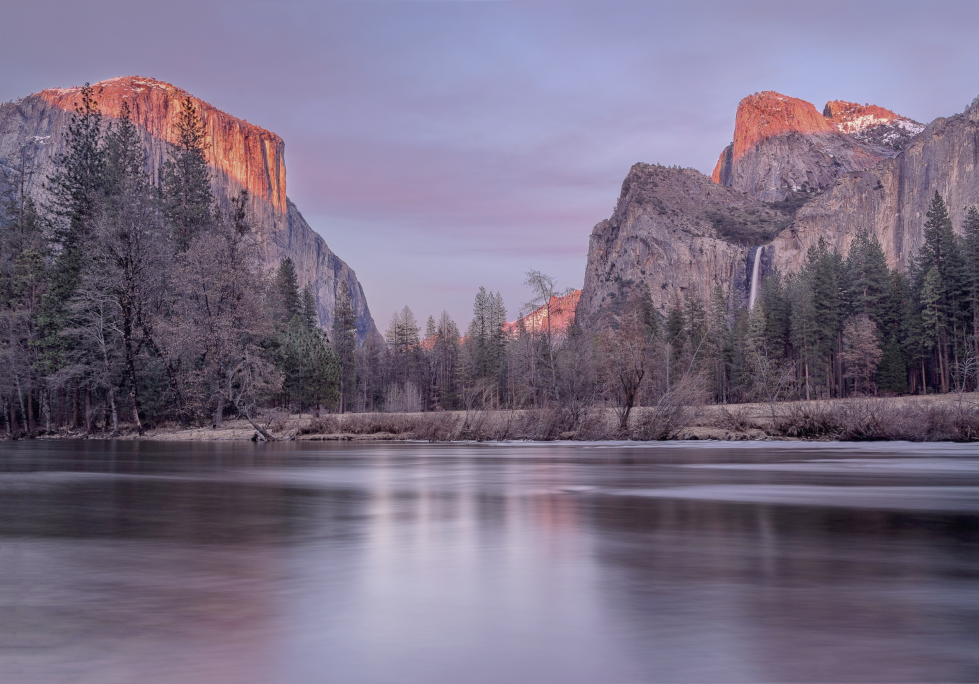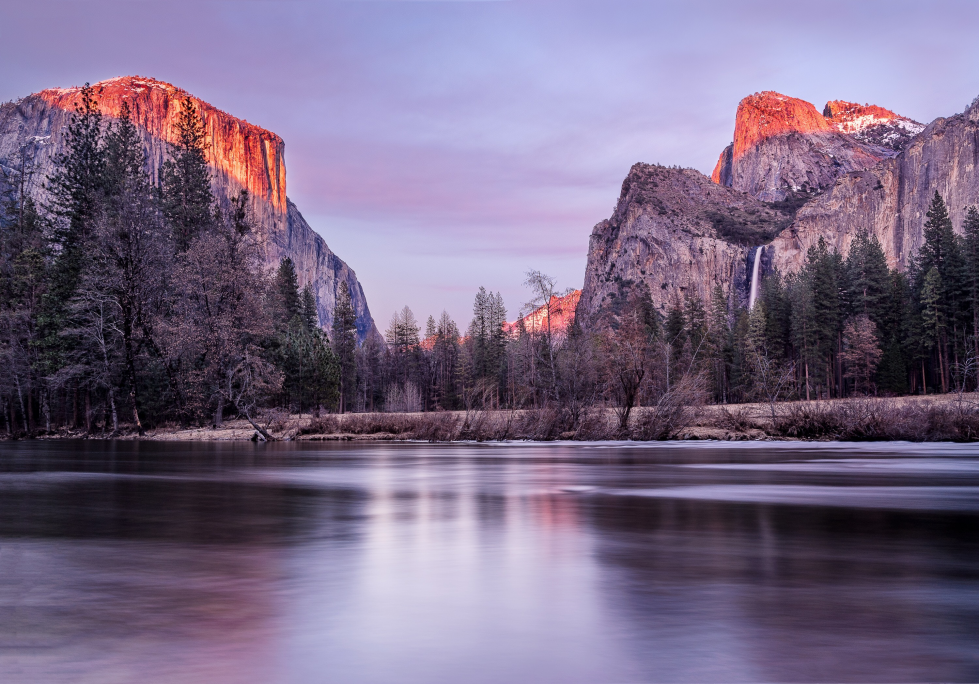Hey! Hi. This page has been duplicated and updated at the Training Courses site: What’s It Mean? Contrast…
Please use this new site, since it will be the most up to date and it will come with new features. Thanks!
As usual, the first question for every “What Does It Mean” topic is: Why Do We Care?
Every Answer begins the same: there are many things that can go wrong with the presentation of the moving picture. In this case, we are working with how much dark and how much bright there is on the screen.
This one is a very tricky. The image is onscreen. In most cases, the images may look OK if you just glance at the image, or if you don’t know what to look for.
Will the audience care? Maybe not. They don’t know what “Correct” is. They will think that the picture lacks “Pop”, or some other quality. But if you don’t know that the black suit is really supposed to have fine light blue lines in it, then the black suit might look OK.
Buzzwords: “Black Levels”, “Crushed Black Level”, “No Greys”, “Gamma Problem”, “Brightness”.
We will show the definition of these terms with examples of how they apply to our situation as someone who is checking the quality of the picture. Don’t look them up now since they have many meanings and most are more complicated than we need.
Complication: Almost all cinema projectors have a problem creating perfect blacks. But there is a range of deep blacks and deep grays that they should create without problem.
And white too! Perfect white is never shown – it would ruin your eye’s ability to notice differences between things when the picture is too bright.
Which is the problem with Contrast…too bright, you can’t see details in the darks. Too dark – muddy – you can’t see the detail in the bright.
There needs to be a good range – when you look in the dark, in the shadows, there should be richness in the dark reds and and dark blues and and dark greens and and greys. And when there is is bright scene, there should be good pastel colors too.
Another problem is – We don’t always know what the artist wanted – a lot of movies are ‘moody’ and ‘dark’. But even dark movies shouldn’t be mushy.
Potential Points of Failure: Bad setup on the Projector. Wrong Lens. Port Window, if very dirty. Old screen. Dirty screen.
Look at these three versions of the same winter scene at Yosemite Falls in California.
In the first one, you can see the amazing falls against the crisp rocks, and the golden hour sun is beautifully lighting up the mountaintop.
In the 2nd one you can almost taste the frost from the frozen lake. The air is so crisp and clear that you can see several layers through the trunks of the trees. If you hadn’t already seen the gold in the mountains, the 2nd picture would be OK.
The 3rd is in between…not as on fire, not as clear through the tree trunks…dark in fact. The falls don’t stand out as sharply against the rocks.
By now you may have guessed, the 3rd one is the one that the artist created. The difference in the three is entirely the level of Contrast.



So. What is Contrast?
Simply, in the cinema, there is a level of white and a level of black. Outside, on a sunny day, the level of bright can be 30,000 or perhaps up to 120,000 at the brightest day at the brightest time in the brightest place…and reflections on cars…they can be 10’s of thousands of bright too! And, the level of black? Wow, a dark night sky in a forest when you can’t see the hand in front of your face – a single candle will seem very bright indeed. Let’s call a candle at arms length 1. Move the candle away and it becomes .1 and .01 and .001. In theory, our eyes can still see that candle on a perfectly dark and clear night when it is many miles (or kilometers) away.
Move the candle close to you, or put several candles in your hand…or a light that has the power of several hundred candles …well, at some point you get too much light in your eyes and, in protection, they shut. And inside the eyes, in protection, there is a protection mechanism as well.
But let’s not get off the point: Contrast is the difference between the highest level of bright and the lowest level of dark. If black is 1 and white is 2,000, then we say the contrast is 2000 to 1. It is written like this – 2000:1. When it is written like that, it is called the Contrast Ratio.
Why do you need to know that?
You want to have a good feeling about your ability to notice good and bad contrast. And, most importantly, how to tell the technician what you see when there is a problem.
We give a little more detail about these things in Part 2, with more examples.
But first, take a break. The exercise for this lesson is to look in shadows while you are living life.
Notice: there are important details to see in the shadows. Look under tables. Look into the dark and notice how colors shift down to black. You might have to purposely shade your eyes from a bright light.
And: Notice how there are things to see even in light that is almost too bright to look at. The colors will be softer in bright light, even for the same shoe or car or face that was a deep rich color when you saw it in the dark.
When you have experience and a good feeling for these ideas of Contras, click into Contrast – Part 2
Photo by Rodrigo Soares on Unsplash